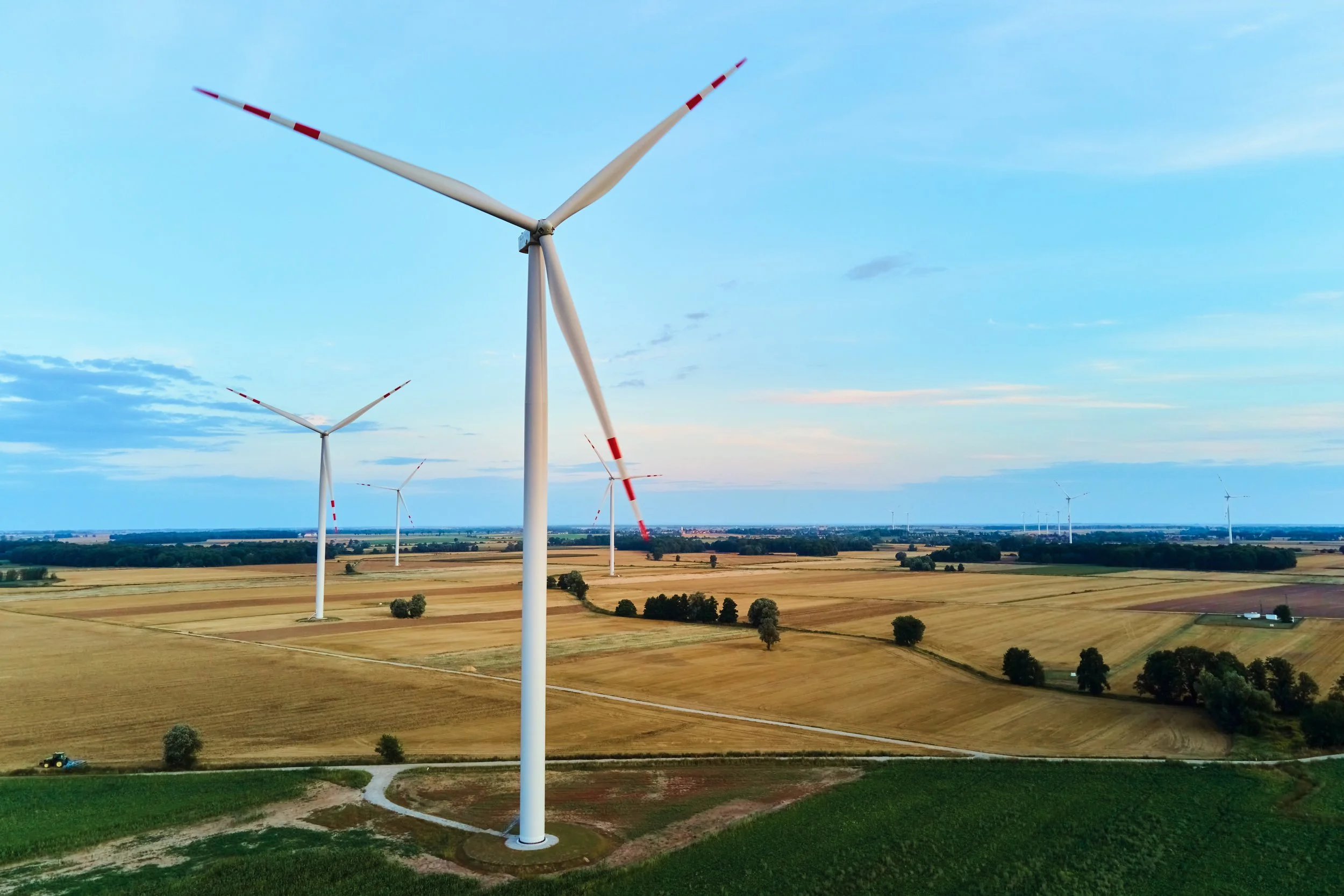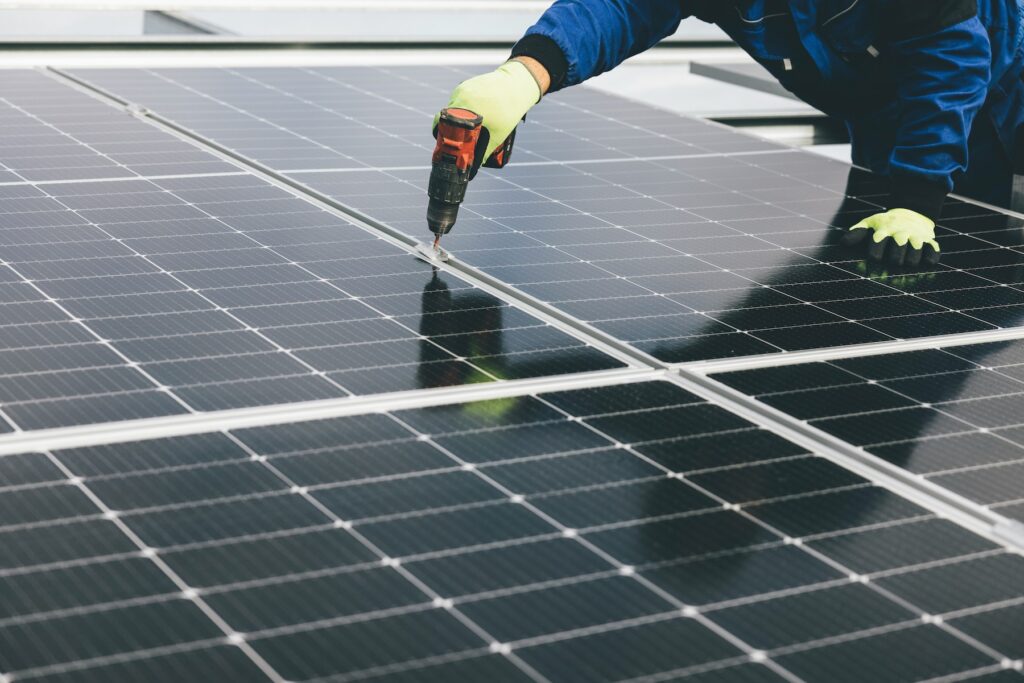Renewable energy refers to the energy that is generated from natural resources that are replenished over time, such as solar, wind, hydro, geothermal, and biomass. These resources are considered renewable because they can be naturally replenished within a relatively short period. Renewable energy is becoming increasingly important as the world faces the challenges of climate change, environmental degradation, and the depletion of non-renewable resources.
Technology plays a critical role in harnessing renewable energy sources. By developing and deploying various technologies, we can capture energy from natural resources and convert it into usable forms such as electricity or heat. Advances in technology have made these renewable energy sources more efficient, cost-effective, and accessible. By harnessing renewable energy through technology, we can reduce our reliance on fossil fuels and lower carbon emissions.
Technology to Harness Solar Energy
Solar energy is a renewable energy source that is becoming increasingly popular all over the world. We can harness the sun’s energy and convert it into electricity using technology.
The main technology used to harness solar energy is solar panels. According to NREL, These panels are made up of cells that convert sunlight into electricity. Solar panels can be installed on roofs, in fields, and even in space to capture the sun’s energy. When the sun shines on the panels, the cells inside them absorb the sunlight and convert it into direct current (DC) electricity. This electricity can then be converted into alternating current (AC) electricity using an inverter and used to power homes, businesses, and even electric vehicles.
Technology to Harness Wind Energy
Wind energy is a type of renewable energy that comes from the wind. We can use technology to capture this energy and turn it into something useful, like electricity.
One way to use wind technology is by using wind turbines. According to NREL, wind turbines are tall towers with large blades that spin around when the wind blows. The spinning blades turn a generator that produces electricity. Wind turbines can be found in fields, on hilltops, and even out at sea.
In addition to wind turbines, there are other types of wind technology that can harness wind energy in different ways. For example, some wind turbines have blades that are shaped like cups or scoops that can catch the wind from any direction, making them more efficient. Another technology, called wind belts, uses a series of ribbons or “belts” that flutter in the wind to generate electricity.
Technology to Harness Geothermal Energy
Geothermal energy is a type of renewable energy that comes from heat deep within the Earth. One way to use geothermal technology is by using geothermal power plants. According to NREL, These power plants use underground reservoirs of hot water and steam to generate electricity. The heat from the reservoirs is used to create steam, which turns a turbine to generate electricity. The cooled water is then pumped back into the Earth to be heated up again.
Another way to use geothermal technology is by using geothermal heat pumps. These pumps use the Earth’s natural warmth to heat and cool buildings. Pipes are buried underground, and a special fluid is circulated through them to transfer the heat to the building’s heating and cooling system.
Technology to Harness Hydroelectric Energy
Hydroelectric energy is a type of renewable energy that comes from the power of moving water. According to NREL, this energy can be harnessed using technology to produce electricity in a process called hydroelectric power.
Hydroelectric power plants are built near a flowing body of water such as a river or waterfall. The water flows into the plant and turns a turbine. As the turbine spins, it generates electricity which can be used to power homes and businesses. Once the water has gone through the turbine, it flows back out into the river or stream.
Technology to Harness Biomass Energy
According to the Department of Energy, biomass energy is a renewable energy source that is derived from organic matter, which can include plants, wood, agricultural waste, and even garbage. By using technology, we can convert this organic matter into energy that can be used to power homes and businesses.
There are a few different ways to convert biomass into energy. One common method is combustion. This involves burning biomass, which releases energy in the form of heat. The heat can then be used to generate steam, which can power a turbine and create electricity.
Role of BillionBricks in Harnessing Renewable Energy
BillionBricks is a climate-tech venture that focuses on providing sustainable solutions to housing problems. While our main focus is on providing housing solutions, we also play an important role in harnessing renewable resources. One of the ways we do this is through the use of sustainable and renewable building materials. We also incorporate renewable energy solutions, such as solar panels and rainwater harvesting systems, into our building designs.
You can email us at hello@billionbricks.org to know more about our projects.
Sources:
-
National Renewable Energy Laboratory (NREL). (n.d.). Solar Energy Basics. https://www.nrel.gov/research/re-solar.html
-
Solar Energy Industries Association (SEIA). (n.d.). Solar Energy. https://www.seia.org/initiatives/about-solar-energy
-
National Renewable Energy Laboratory (NREL). (n.d.). Wind Energy Basics. https://www.nrel.gov/research/re-wind.html
-
National Renewable Energy Laboratory (NREL). (n.d.). Geothermal Energy Basics. https://www.nrel.gov/research/re-geothermal.html
-
U.S. Department of Energy. (n.d.). Geothermal Technologies Office. https://www.energy.gov/eere/geothermal/geothermal-technologies-office
-
National Renewable Energy Laboratory (NREL). (n.d.). Hydroelectric Power. https://www.nrel.gov/research/hydropower.html
-
U.S. Energy Information Administration (EIA). (2021). Hydroelectric power explained. https://www.eia.gov/energyexplained/hydropower/
-
U.S. Department of Energy (DOE). (n.d.). Biomass Resources. https://www.energy.gov/eere/bioenergy/biomass-resources
-
National Renewable Energy Laboratory (NREL). (n.d.). Biomass Energy Basics. https://www.nrel.gov/research/re-biomass.html





